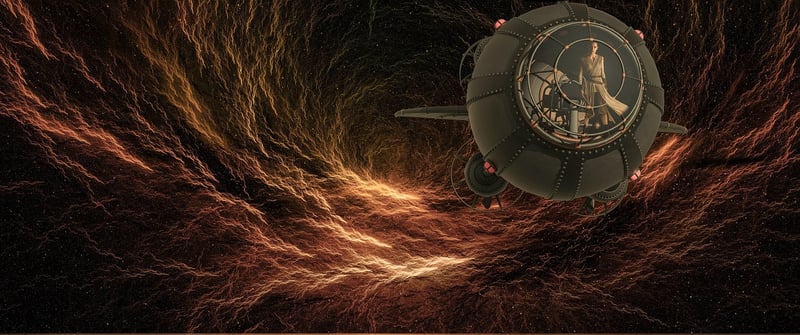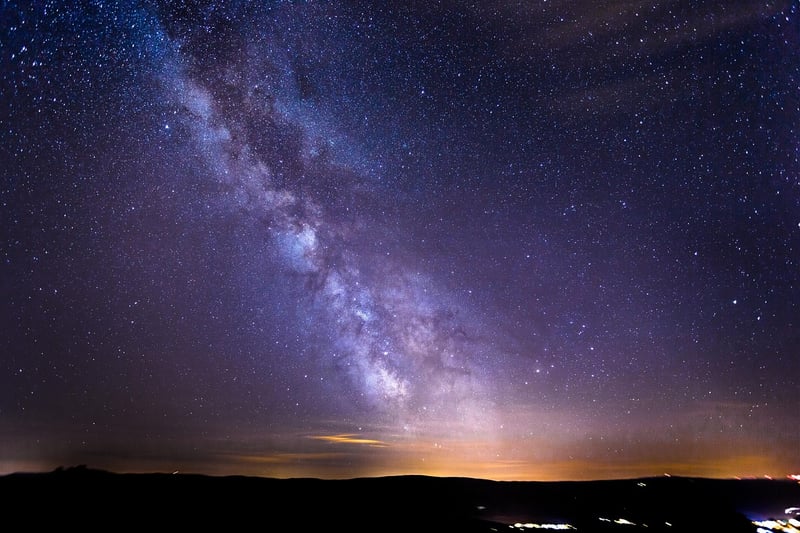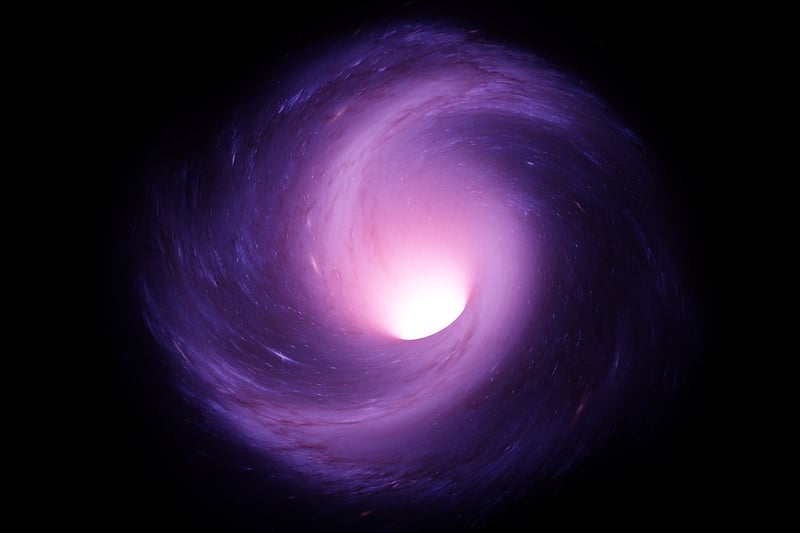Wormholes
Exploring the World of Wormholes: Unraveling the Mysteries of Space-Time Travel

Wormholes, often depicted in science fiction as gateways to distant galaxies or even different dimensions, are theoretical passages through spacetime that could create shortcuts for long journeys across the universe. Although still a subject of scientific speculation and study, the concept of wormholes has captivated the imagination of many.
Understanding Wormholes:
According to theoretical physics, wormholes are hypothetical structures that connect two separate points in spacetime. They are believed to be shortcuts that could allow for faster-than-light travel or even time travel, although these notions are purely speculative at this stage.
The Einstein-Rosen Bridge:
Popularized by the term "wormhole," the Einstein-Rosen Bridge is a theoretical structure that could link two distant points in spacetime. It is named after physicists Albert Einstein and Nathan Rosen, who first proposed the idea in the 1930s as solutions to the equations of general relativity.
Applications and Challenges:
While the concept of wormholes offers exciting prospects for space exploration and travel, significant challenges must be overcome. Theoretical issues such as the stability of wormholes, the need for exotic matter to keep them open, and the potential dangers associated with their use are all areas of active research.
Conclusion:
As we continue to unravel the mysteries of the universe, wormholes remain a fascinating topic that sparks both scientific inquiry and creative imagination. While the practical realization of traversable wormholes may still be a distant dream, the exploration of such concepts pushes the boundaries of our understanding of the cosmos.
For more information on wormholes and other innovative tools in space exploration, stay tuned for the latest updates from reputable scientific sources.

